
Dome sweet dome ... a shelter in western Victoria from 1847. Image: Gunyah, Goondie + Wurley: The Aboriginal Architecture of�Australia.



A Visit with an Australian Swagman
The first time I saw a swagman, I was a bit frightened. His appearance seemed so different than most of the men I knew. He was very thin, and he had a rope tied around his waist to keep his trousers from falling. His wispy hair hung to his shoulders and was covered by an old felt hat. In the band of this hat was a wattle stem (the national flower of Australia). There were six corks hanging from the hat to keep the flies away from his face.
His name was Gunner Bill. He was always seen with his swag, which is a sausage shape roll that hung on his shoulders to carry food and blankets. He also had a billy—a small pot for making tea. He always seemed to have a smile on his face. As he passed my house, I could hear him singing and greeting our cows and sheep with a friendly, "G'day."
One afternoon, I saw Gunner Bill walking slowly towards the bush (an Australian eucalyptus forest). Striding next to him was his cattle dog. I decided I would follow the swagman to find out how he lived. As he walked down the dirt path towards the bush, I made sure that I stayed out of sight because I did not want Gunner or his dog to know that I was trailing them. Finally they reached a small tent that was leaning onto a tree.
Suddenly, without warning, the dog leaped up and bounded towards me. I was very scared because his teeth seemed ready to bite me. I heard Gunner yell, "Kipper—stop and come back." The dog obeyed and retreated. Then the swagman called for me to come out towards him. I walked slowly to the man and dog and stared at the swaggi's gray eyes, wondering what would happen next.
"Listen mate, you're not the first lad to spy on me. I've traveled from one end of Australia to the other end, and I have seen things you will never see in a lifetime. I guess that you can call me a professional swagman or hobo. I have no family, and I only own what's on my back. I am willing to work for my keep and I don't like to beg for tucker (food)."
I asked him to tell me more about his adventures. He did not hesitate—he seemed excited to have someone to talk to. His travels had taken him to many large cities of Australia. He started in Sydney, which has one of the world's finest harbors. He told me about the cars that traveled up and down the many roads and reminded me that in Australia cars drive on the left side of the road, rather than on the right side (like they do in America). He worked as a stevedore on the docks, unloading and loading ships from all over the world. After a few months, he decided to leave Sydney and travel further south.
His next job was shearing sheep in Gundagai. He found his dog, Kipper, in Gundagai and Kipper has been a loyal dog ever since. Gunner told me about an Australian legend that involved swaggis and their dogs. The legend is that the dogs were extremely obedient—they would stay with the tucker box (sort of like a picnic basket) to protect the food from wild animals while the swaggis were hunting or roving. One day, the swaggis left and never came back (they went off to war). The dogs stayed to protect the tucker box until they died.
Gunner also spoke of the Aborigines who helped the swaggis as trackers or guides. These Aborigines knew the land so well they could find water in a country that seems waterless. They know where to dig in the sand for a soak or water hole and which trees stow water in their roots. For food they depended on what they found in the bush. They ate roots, berries, seeds, witchiti grubs, snakes, kangaroos, and even Joeys (baby kangaroos). They slept in the open with no covering at all. When they camped, they made rough huts called gunyahs or wurleys out of branches. They were experts in the use of their native weapons such as boomerangs and nulla nullas. Most of them live in areas called the outback. Gunner learned a lot from the Aborigines.


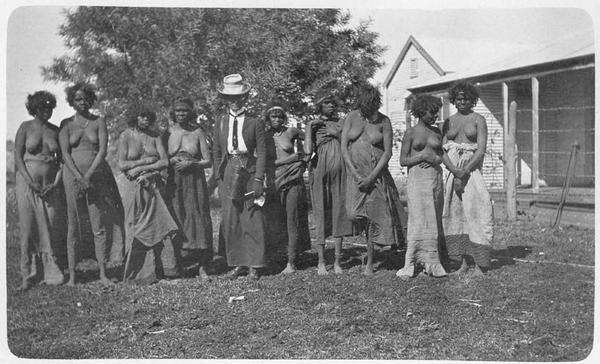



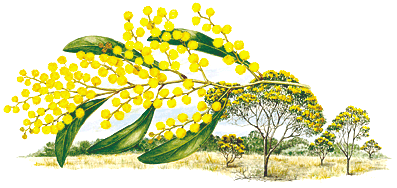


+copy.jpg)
































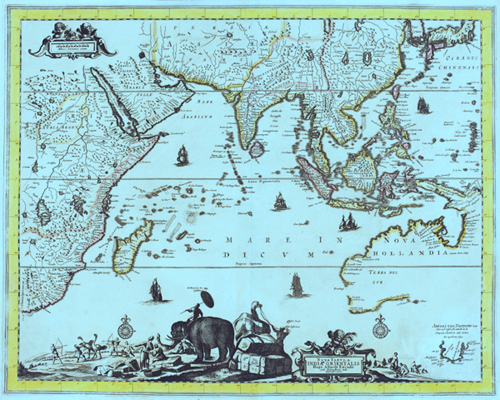

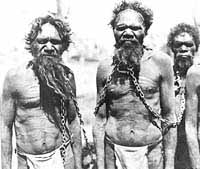
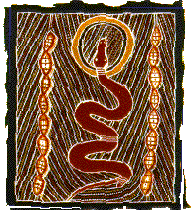


















.jpg)


























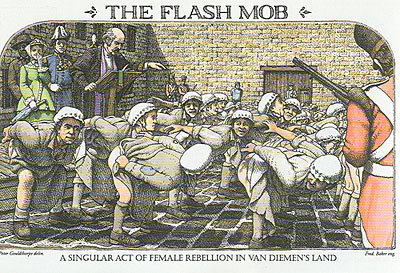
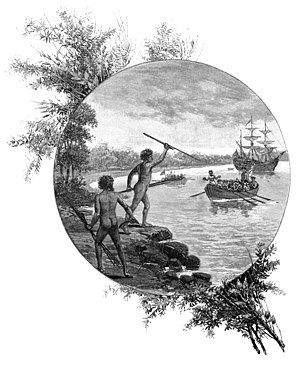 G
G







.jpg)
















No comments:
Post a Comment